As promising as the possibility of new cash infusion pouring into red states over the coming years is--as state LGBT organizations battle "religious freedom restoration acts"--it won't necessarily help the traditional progressive LGBT organizations. The conservative donors poised to jump into the fray (which I discuss in "The Conservative Case for Funding" in the October/November issue of The Advocate) generally prefer to contribute to a campaign that will dry up once its mission is accomplished, rather than to an institution that will exist forever after.
The close-your-doors model is exactly how Evan Wolfson always pictured the work of Freedom to Marry, and it's an ethic that marriage organizations in the states -- like Love Makes a Family in Connecticut -- have embraced.
But a very real and common refrain among LGBT advocates is that "there's so much left to be done," including passing nondiscrimination protections and antibullying laws, helping homeless LGBT youth get off the streets, ensuring full transgender inclusion in American life, and promoting LGBT human rights abroad. There's no lack of work, especially given the backlash social conservatives began stoking. But to some extent, which organizations continue to thrive depends on a dual formula: who is best suited to accomplish the work ahead, and who best adapts to the new environment.
Joan Garry, a full-time nonprofit consultant who led GLAAD (then the Gay and Lesbian Alliance Against Defamation) from 1997 to 2005, worries that many organizations have a long way to go before they can attract new resources.
"The phrase 'There's still so much to be done' is not a strong message," Garry says. "If you are having trouble raising money, that is a symptom of a larger illness. More than anything else, it usually has to do with clarity of mission and the ability to articulate in a compelling and authentic way what the work is and why it's important."
Garry has been contacted recently by some state-level LGBT organizations that are running out of money but don't have the funds to hire her.
"The statewide organizations really need strategy support to define their futures," she says.
Much like Garry, Wolfson believes the money will be there for the work that remains if organizations focus on driving toward "a clear and specific goal."
"The question is not whether any given organization can raise x amount of money or stay the same size," he says, noting that Freedom to Marry's budget varied greatly from year to year depending on its goals.
In 2011, for instance, Freedom to Marry had a budget of about $5 million, but in 2012 -- the year the group invested heavily in the effort to win four ballot measures on same-sex marriage -- its budget peaked at $13 million, then dropped back down again.
Some traditional LGBT groups are unlikely to see a fundraising drop-off because they have continually talked to their donors about a diverse set of issues beyond marriage equality. That is particularly true of the legal groups, ranging from the San Francisco-based National Center for Lesbian Rights, a $5 million organization, to the New York-based Lambda Legal, a $25 million organization.
Far from sensing apathy, Kate Kendell, the executive director of NCLR, senses palpable excitement.
"As I travel the country and talk to our donors, they now sense that we really could see an end to discrimination in employment, an end to violence against transgender women of color, support for athletes who are transgender or gay or lesbian -- there's a whole range," she says. "When you hit a high-water mark, it opens up new vistas of what is possible to achieve."
Kevin Cathcart, executive director of Lambda Legal, agrees that the movement's legal organizations have loyal donors, but he does worry about losing some support from mainstream Americans who embraced the cause of marriage.
"Marriage has caught on with a lot of people inside and outside the community in ways that we have never been able to get employment protections to catch on, or the HIV epidemic, LGBT youth, access to health care, or LGBT seniors," he notes, naming several examples. "There's an additional challenge if people think, This is it -- this is all they ever talked about."
Of course, beyond the donors -- both small-dollar and high-dollar -- is the foundation funding. One of the movement's larger nonlegal groups, the National LGBTQ Task Force, received nearly 40 percent of its $9 million budget this fiscal year from foundations, for instance.
In the effort to win civil unions and same-sex marriage, foundations alone contributed almost $83 million from 2002 to 2013, according to Funders for LGBTQ Issues, a New York-based organization that works to increase foundation funding for LGBT causes.
The Haas Jr. Fund was one of the first foundations to fully commit to marriage equality, making an inaugural grant to Freedom to Marry in 2001, when Wolfson was still conceptualizing the organization. But if you ask Haas program director Matt Foreman whether the foundation will continue investing in LGBT causes outside of marriage, he forthrightly answers, "I don't know."
"I do know that we're going to invest dollars in defending marriage," Foreman adds, referring to the inevitable backlash that has come in response to the recent expansion of gay rights.
Haas will have invested more than $70 million in LGBT work by the end of 2015, with over half of that going toward marriage equality. "That's a very long run of investments from a foundation -- 15 years," he says. "Marriage was one of our top goals; we're going to have to see where we go from here."
To Foreman's point, in terms of stickiness, marriage has proved to be an anomaly from a foundation standpoint. Though foundations typically make funding commitments of closer to three to five years tops, Haas is not the only foundation that has stayed with it for a decade or more. In 2004, as conservatives geared up to place marriage bans on ballots across the country, the Civil Marriage Collaborative formed, and it has drawn resources to advance same-sex marriage rights from multiple foundations over the years, including Haas, the Gill Foundation, the Horizons Foundation, the Overbrook Foundation, the Johnson Family Foundation, and the Ford Foundation, among others. The collaborative represents what Ben Francisco Maulbeck calls an "amazingly ambitious and inspiring" show of solidarity over the past 11 years.
Nonetheless, Maulbeck, president of Funders for LGBTQ Issues, points out that marriage equality has represented a smaller portion of overall LGBT funding than most people suspect. For instance, in 2013 (the most recent year available), marriage took in $9.3 million, which accounted for only 7 percent of overall foundation funding on LGBT issues that year.
"Marriage has had a very important place in people's imaginations -- in captivating energy and a sense of where this population doesn't have full recognition and dignity," he says. "But it actually hasn't been quite as large a piece of the pie in terms of funding as you might expect."
Marriage has also been unusual; philanthropists generally tend to be more apolitical in their giving, and same-sex marriage has always been viewed as a politicized issue. The fact that marriage equality was able to attract foundation funding at all is a very good sign for what's possible in the future on other LGBT issues.
Whereas marriage giving has mostly leveled out in recent years, overall LGBT foundation funding has grown quite rapidly over the past decade, from about $30 million in the early '00s to $130 million in 2013.
"So we more than quadrupled in about a decade, which is pretty exceptional," says Maulbeck. "You rarely see that on any particular issue."
The flip side is that there's still plenty of room for growth, since LGBT funding still represents only about a quarter of 1 percent of total foundation giving in the U.S., which is closer to $50 billion a year, according to Maulbeck. In fact, his organization has a three-year goal of increasing total LGBT giving to $200 million.
"The positive thing that's happening is that acceptance is growing, and that increasing acceptance and awareness that LGBT people are just people -- that is affecting the philanthropic sector," Maulbeck says.
"More and more recently, if I give a call or have a meeting with a foundation that's not that familiar with LGBT issues, they say, 'We haven't done a lot on this, and we'd love to learn more and maybe you can help us,'" Maulbeck observes. "Five or 10 years ago, we weren't hearing that."
And in that sense, winning the freedom to marry nationwide could be the rising tide that helps lift all boats.








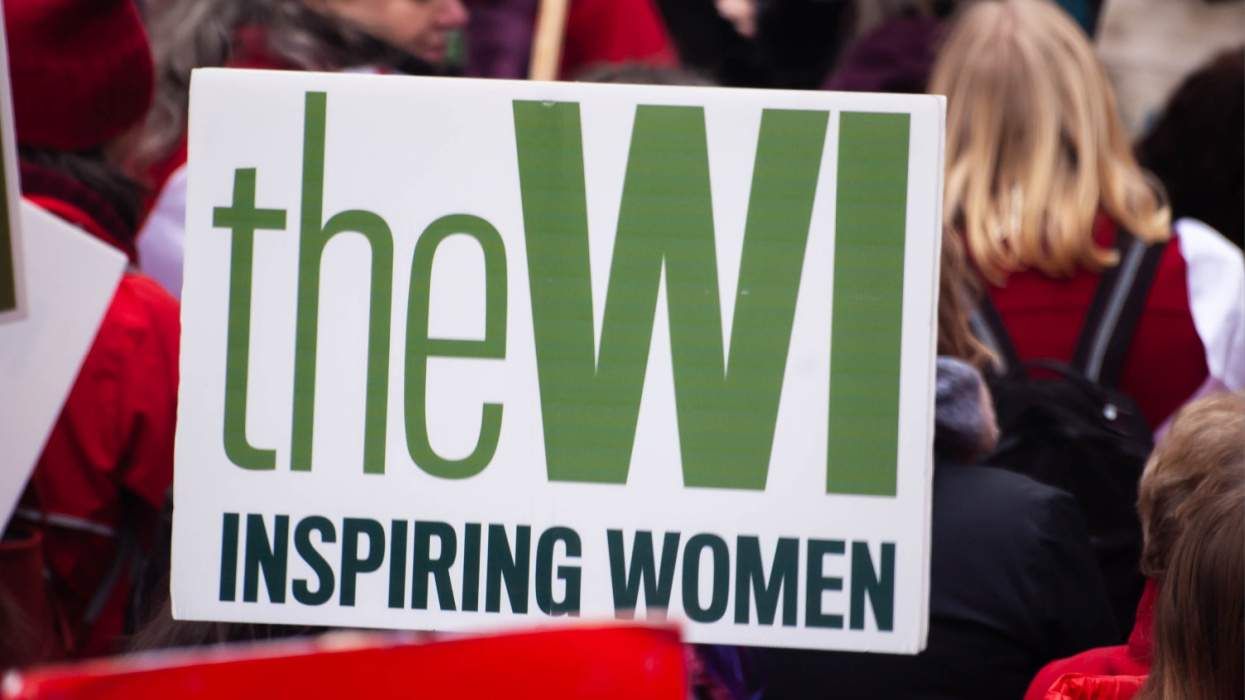

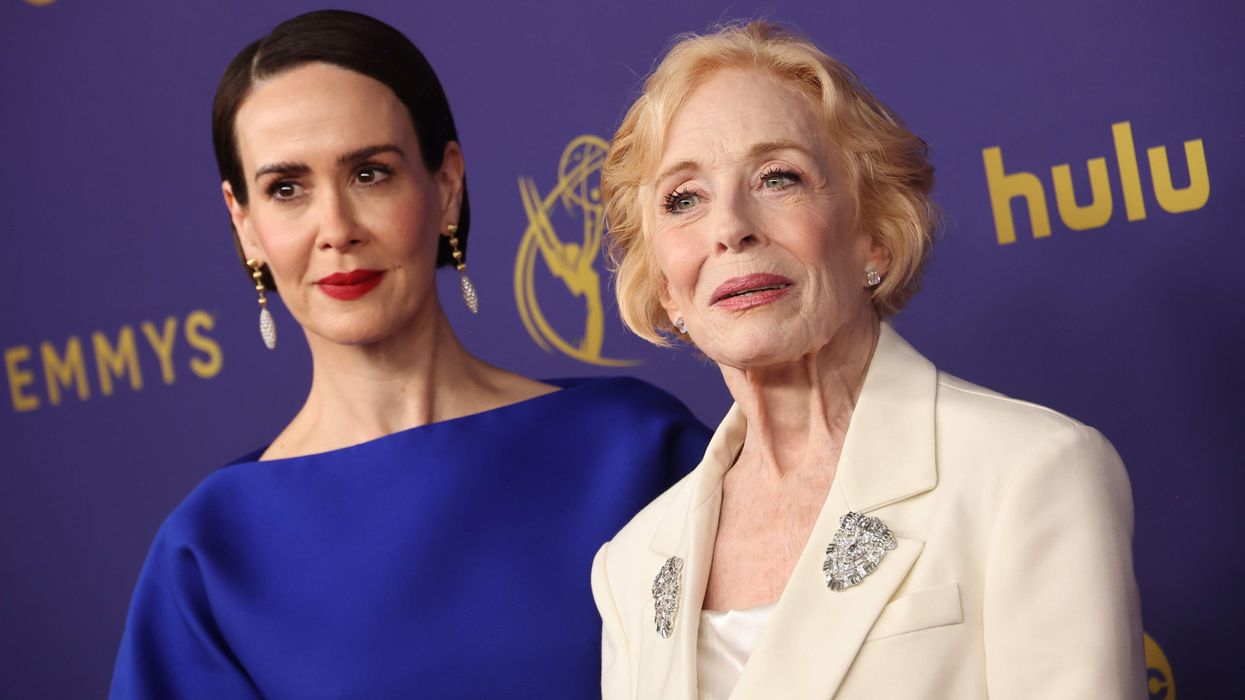
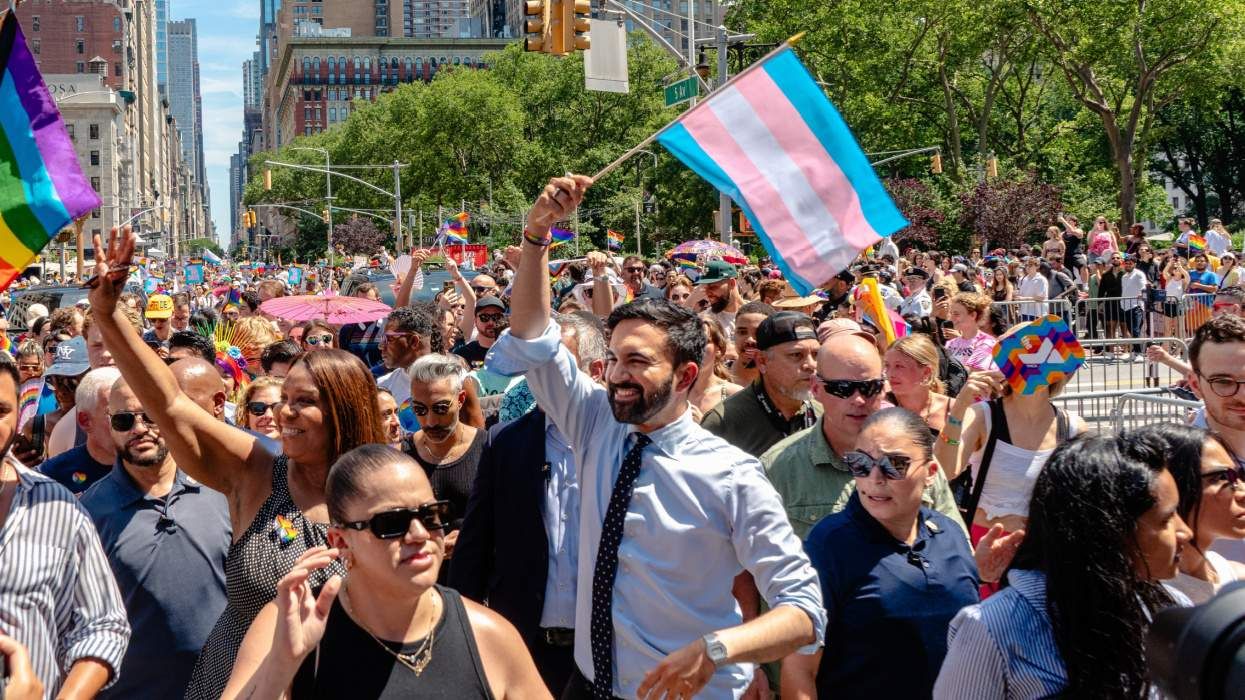
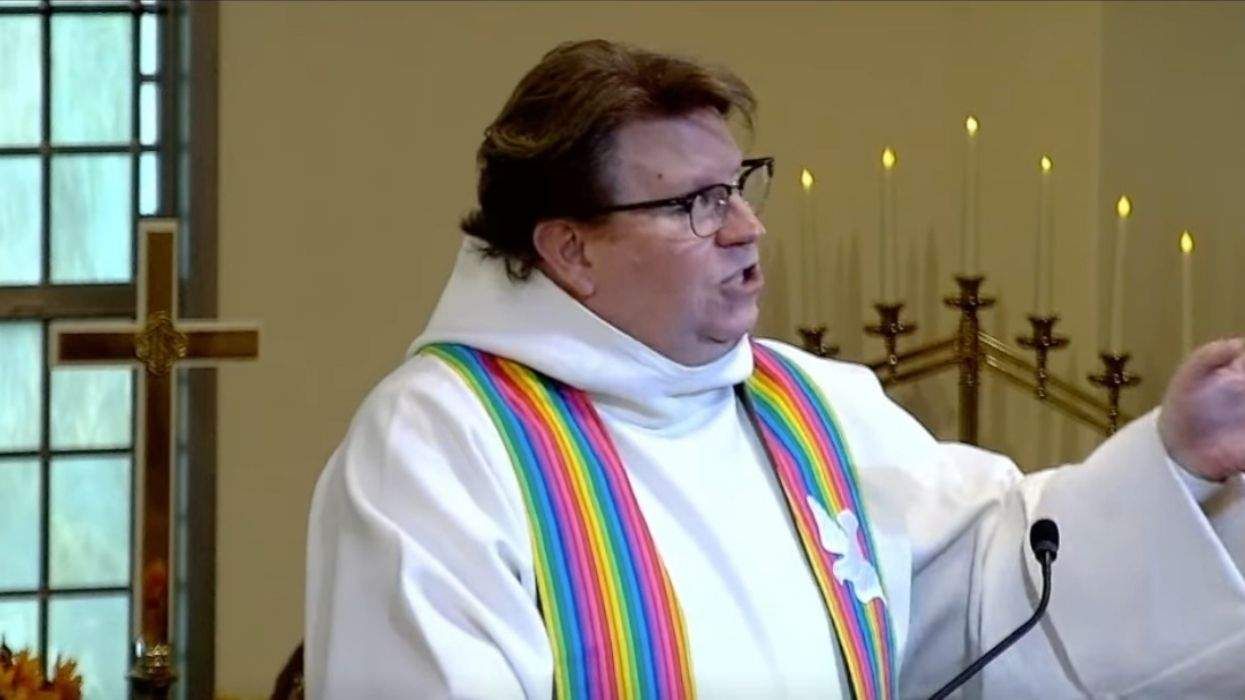
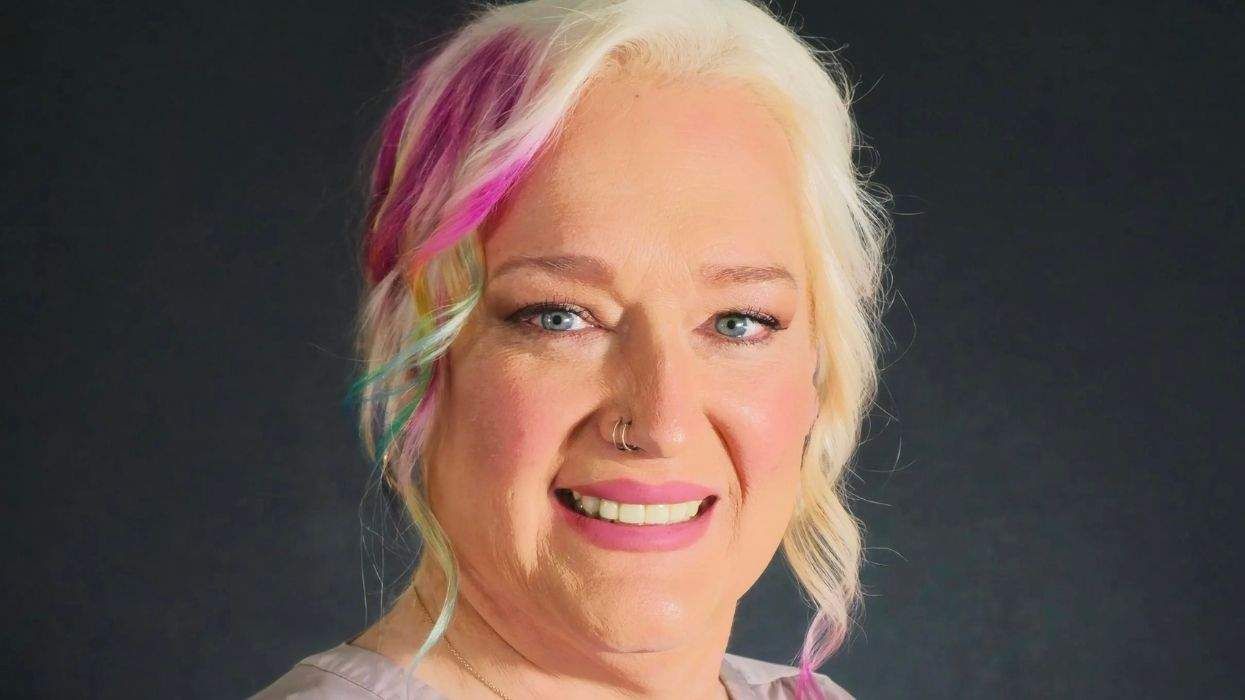
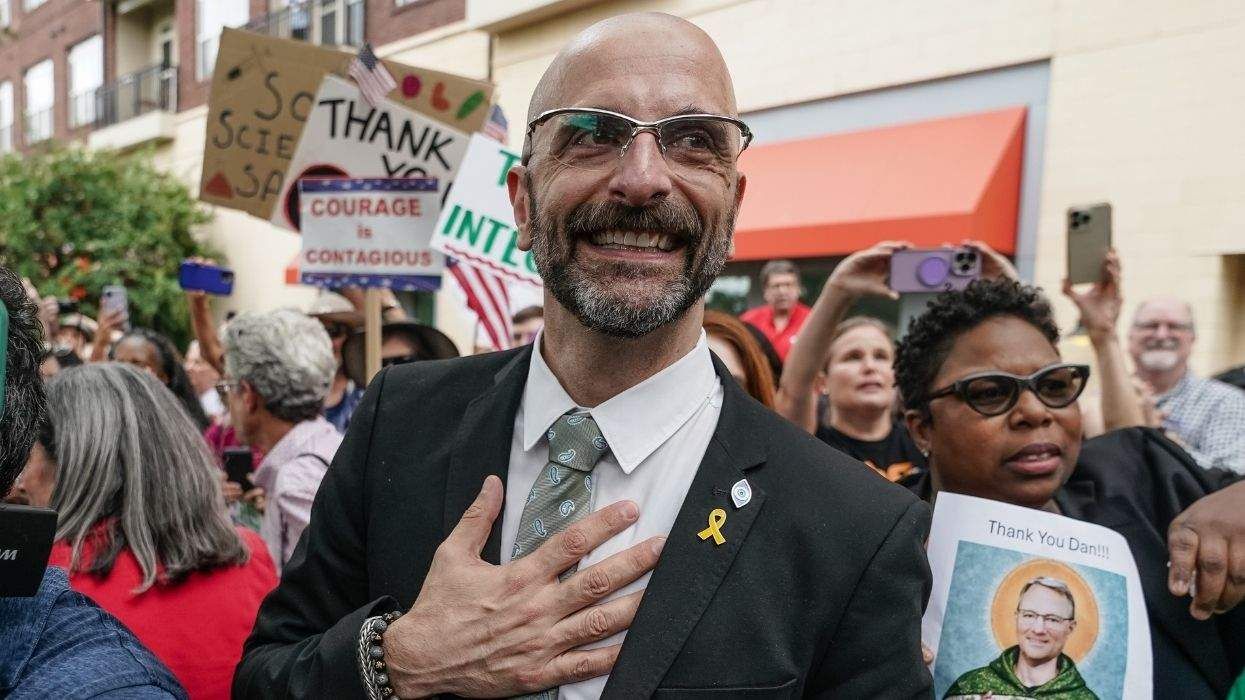
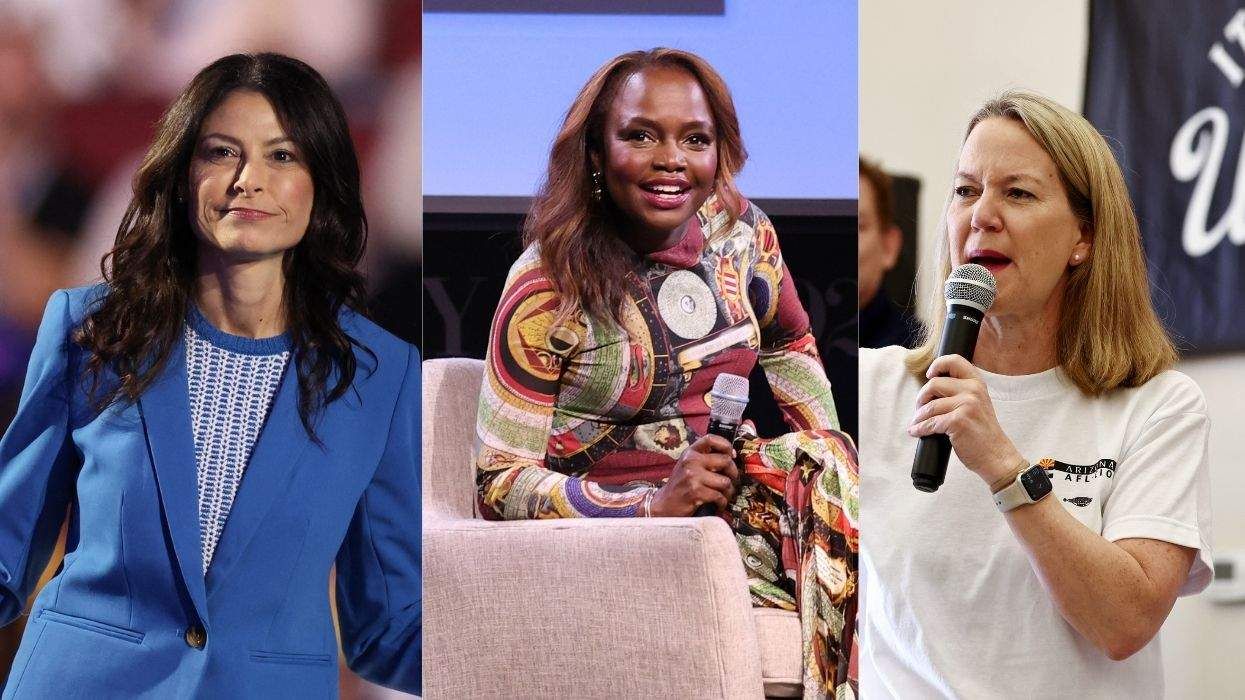
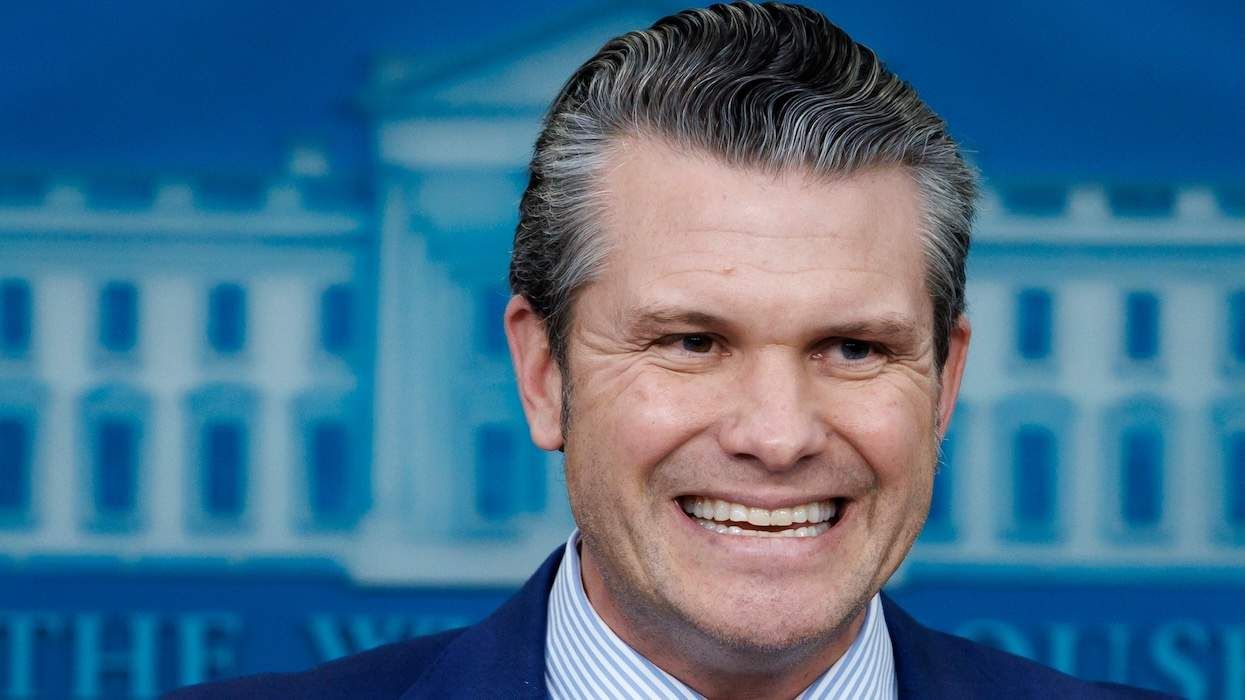
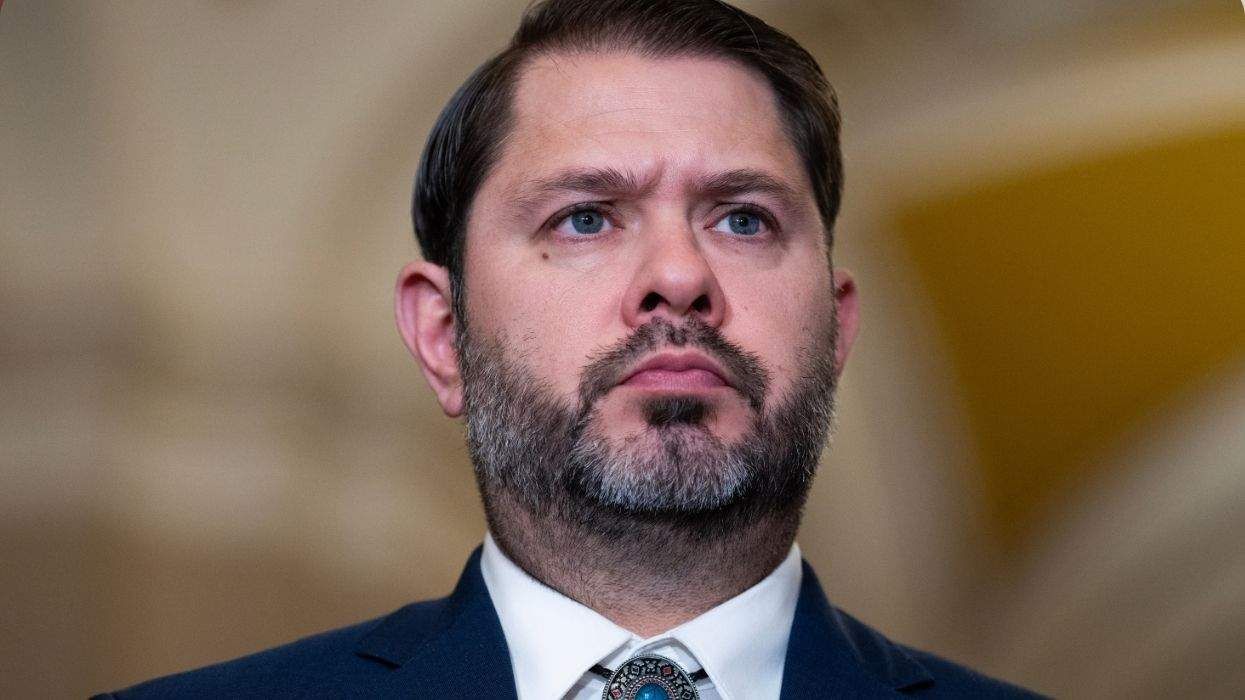



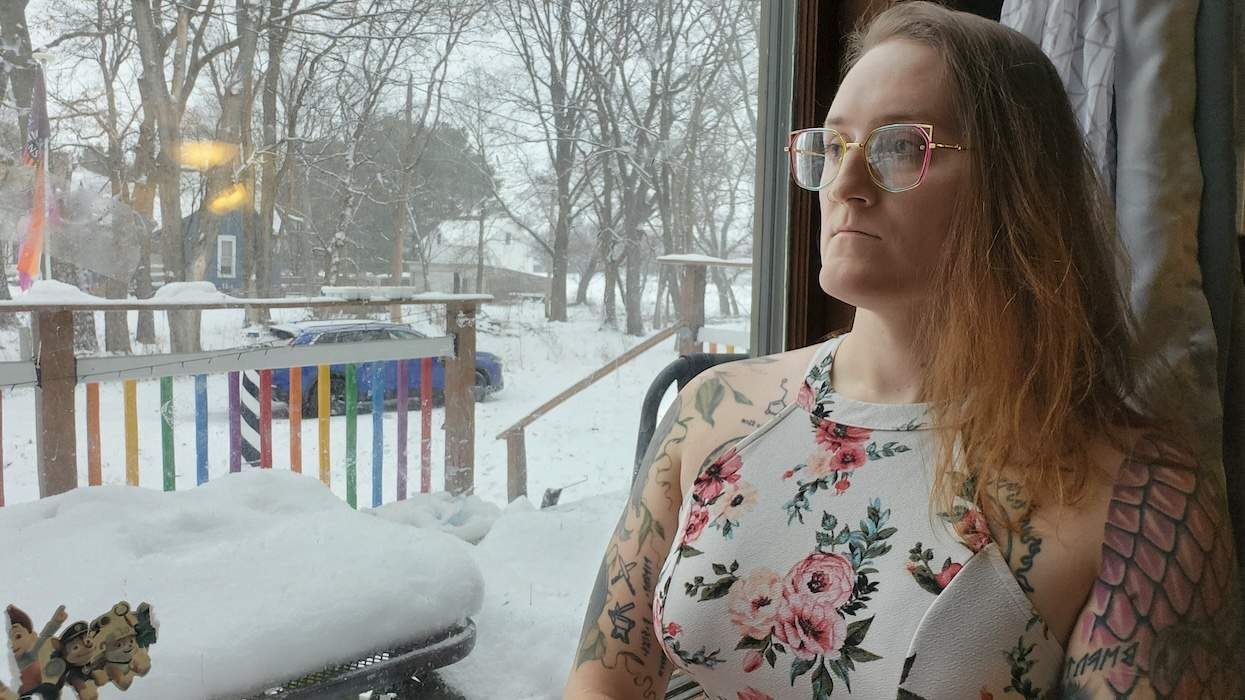
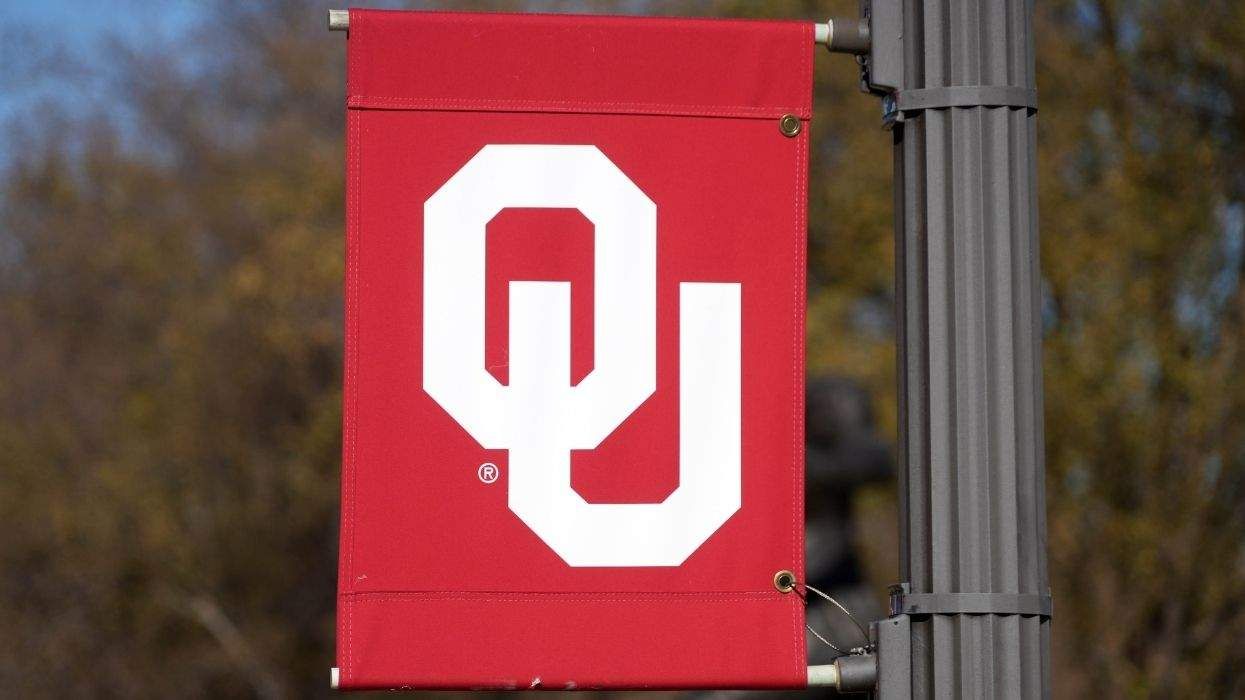
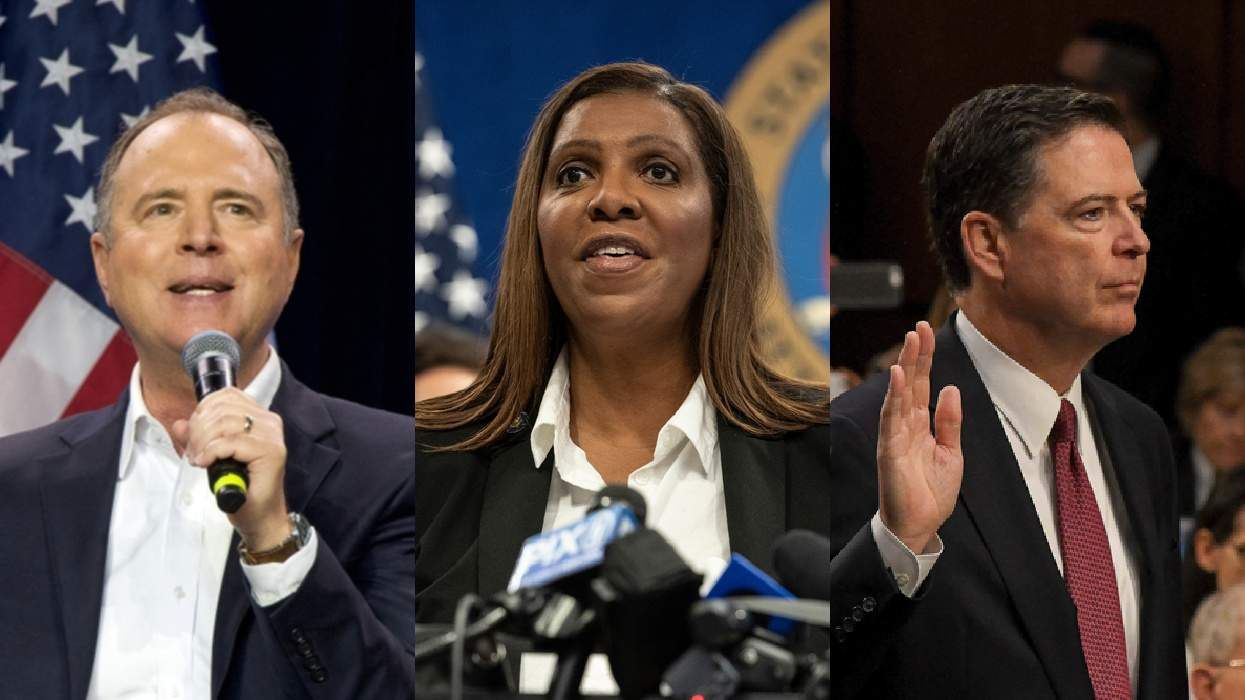
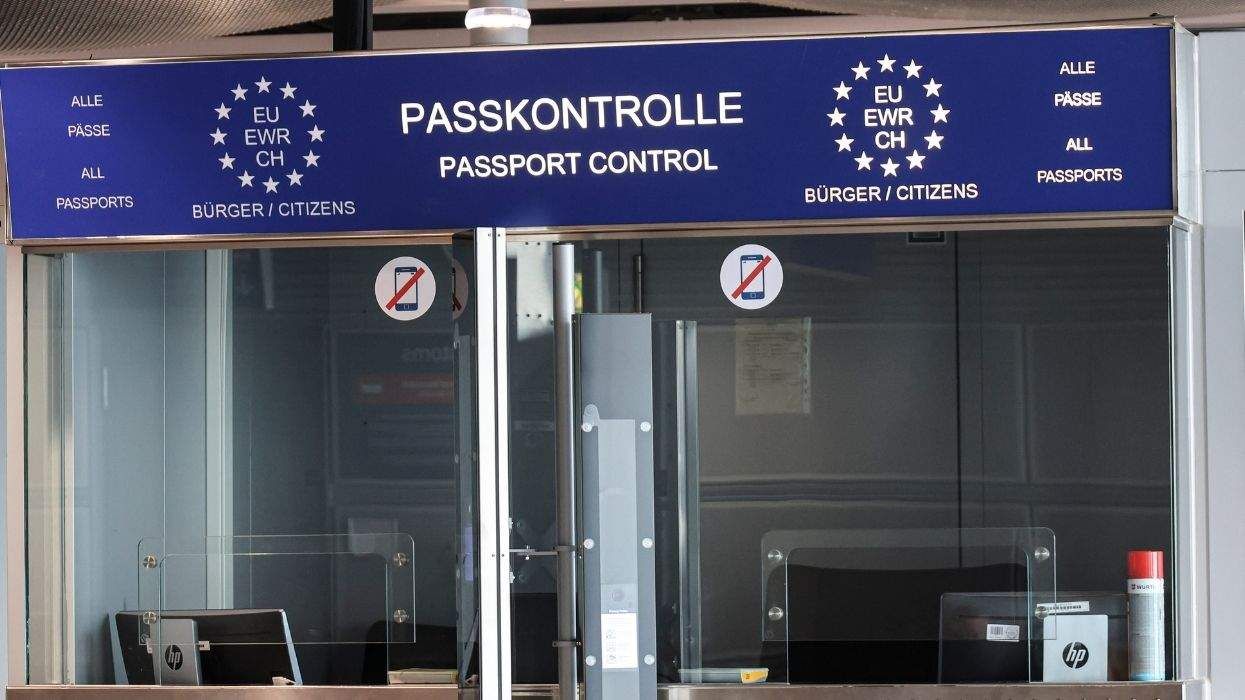
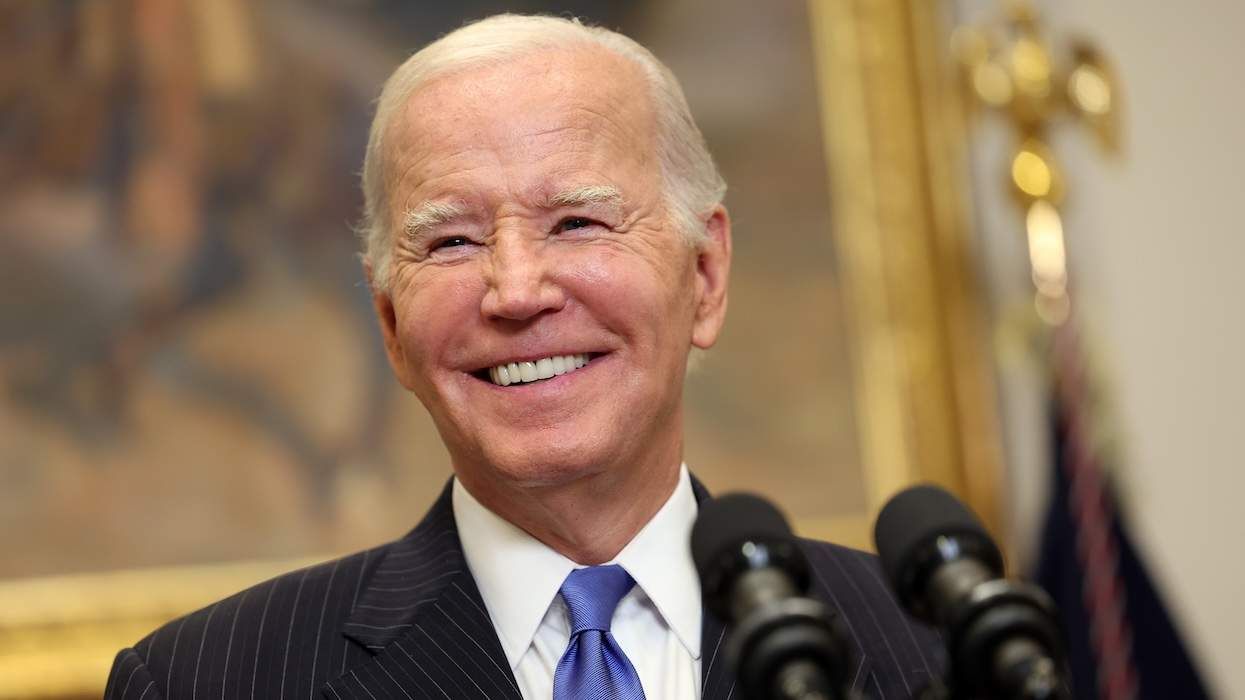
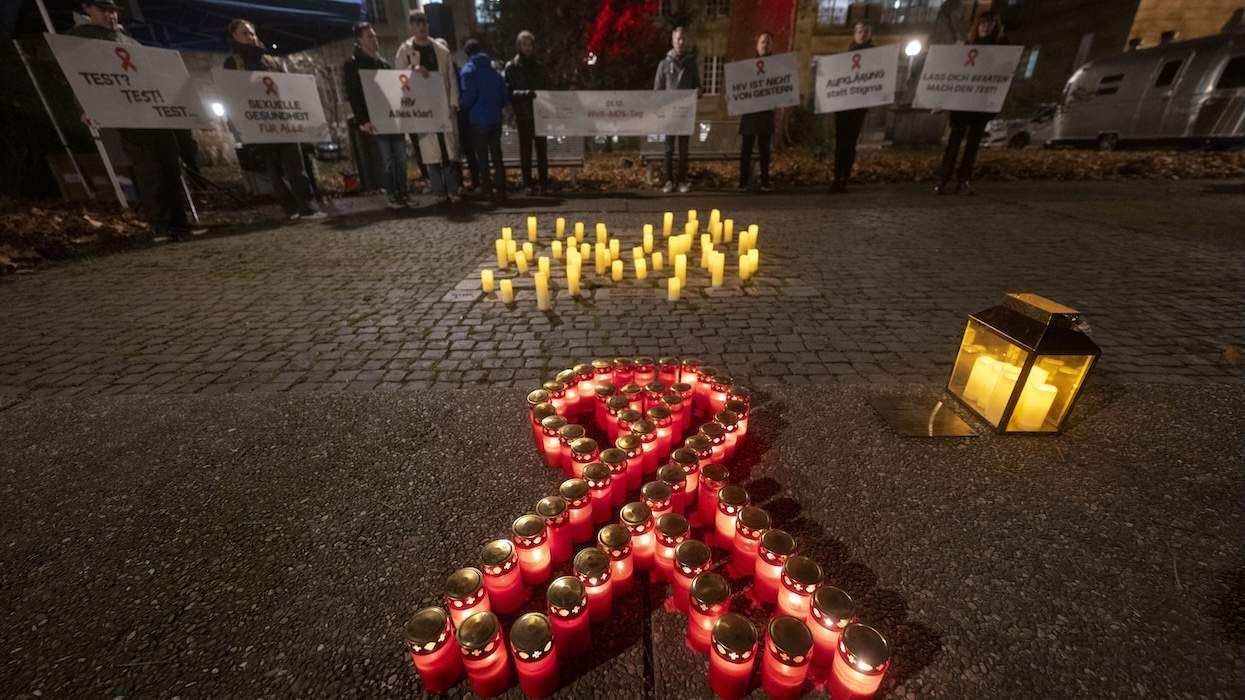
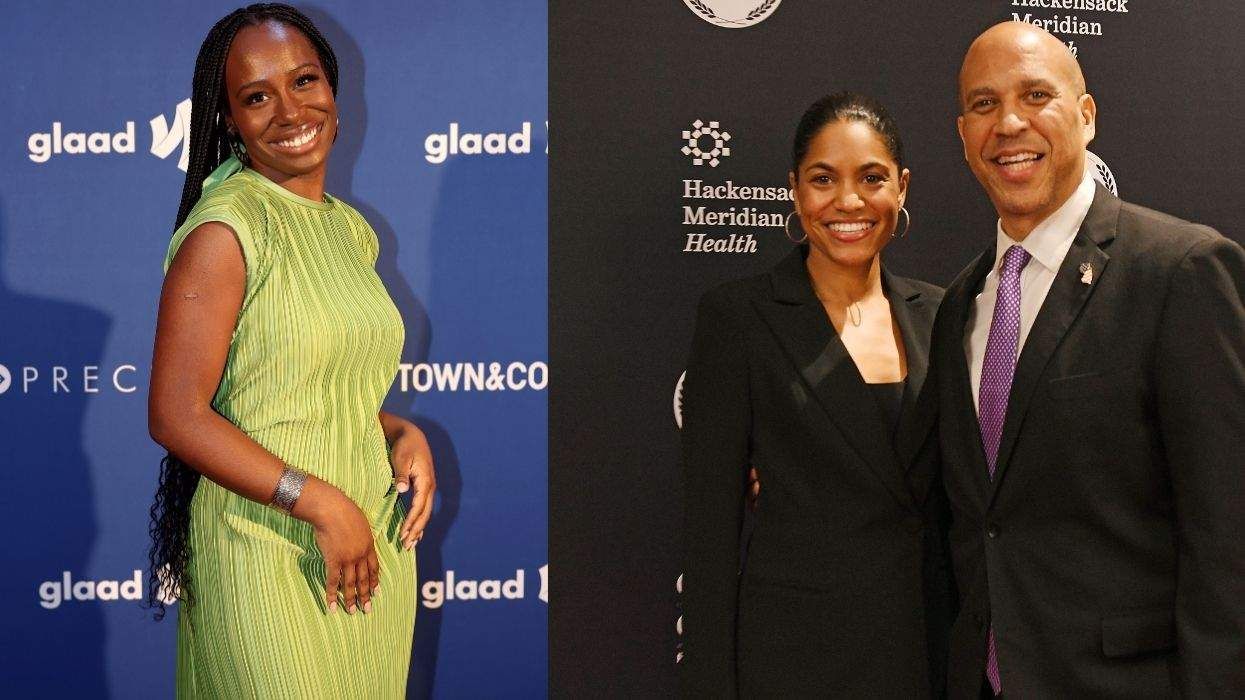








































Charlie Kirk DID say stoning gay people was the 'perfect law' — and these other heinous quotes